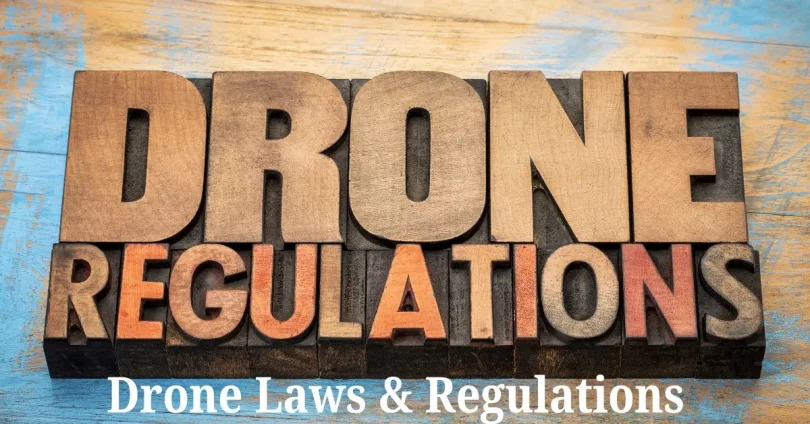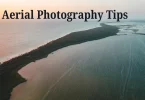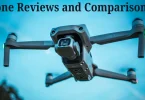Flying a drone may feel like the ultimate freedom—soaring high above cityscapes, mountains, or your backyard. But before you send your drone into the sky, there’s something important you need to know: the skies aren’t lawless. Understanding the Drone Laws and Regulations isn’t just about avoiding penalties; it’s about flying responsibly, safely, and within legal boundaries. With the increasing number of drones in the air, governments around the world are tightening their grip on drone usage. Whether you’re a hobbyist, a professional filmmaker, or just someone curious about unmanned flight, knowing the laws is absolutely crucial.
In this comprehensive guide, we’re going to walk you through the most up-to-date, must-know Drone Laws & Regulations across different regions and situations. Buckle up, this is everything you need to keep your drone flying legal and safe
Understanding the Basics of Drone Legality
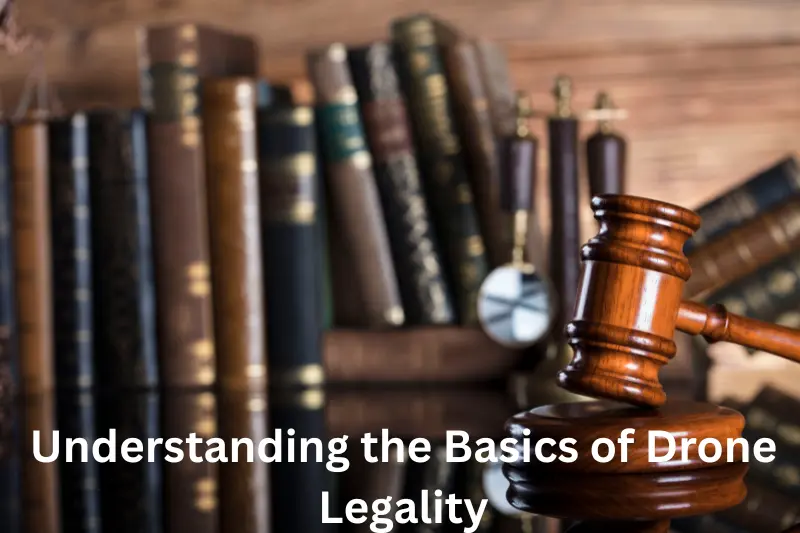
Why Do Drone Laws Exist?
- To ensure the safety of manned aircraft and avoid potential collisions that could lead to catastrophic accidents.
- To protect public privacy and prevent unlawful surveillance, including recording or photographing individuals without consent.
- To maintain public safety by reducing potential accidents involving crowds, vehicles, and private property.
- To protect national security from drone misuse in restricted or high-risk areas like borders and military zones.
General Principles Found in Most Drone Regulations
- Drones must be registered if they exceed a certain weight, often 250 grams or more, to ensure accountability.
- They must not be flown near airports or restricted airspace, as this poses a risk to commercial and private aircraft.
- Night flying is often prohibited unless special permission is granted, typically requiring anti-collision lighting.
- Visual Line Of Sight (VLOS) must be maintained to avoid accidents and maintain control over the drone.
- Operators must avoid flying over groups of people or private properties without permission to protect privacy and safety.
United States Drone Laws
FAA Regulations for Recreational Use
- You must register your drone with the FAA if it weighs over 0.55 pounds to legally operate it.
- You must pass The Recreational UAS Safety Test (TRUST), which ensures you understand the safety and operational rules.
- Fly only for recreational purposes, not for monetary gain or work-related activities.
- Keep your drone within visual line-of-sight to maintain full control and awareness of its surroundings.
- Yield right of way to manned aircraft to prevent any interference with crewed aviation.
FAA Regulations for Commercial Use
- Must obtain a Remote Pilot Certificate under Part 107, demonstrating your knowledge of drone regulations and safe practices.
- Must pass the FAA Aeronautical Knowledge Test, which covers airspace rules, weather, and emergency procedures.
- Drones must weigh less than 55 lbs to qualify under standard commercial regulations.
- Flights are limited to daylight hours or twilight with anti-collision lights for visibility and safety.
- Operations over people or moving vehicles require special waivers and safety precautions.
No-Fly Zones in the US
- Around airports (typically within 5 miles) to prevent airspace violations and collisions.
- Near government buildings and military bases, which are considered sensitive and high-security areas.
- National parks to preserve wildlife and avoid disturbance in protected environments.
- Stadiums during sporting events due to crowd safety and security concerns.
European Union Drone Laws
Open Category Regulations (For Hobbyists)
- Drones must have CE class marking to show compliance with EU safety and manufacturing standards.
- Maximum altitude is 120 meters to prevent interference with manned aviation.
- Drones must remain within visual line-of-sight for safety and control.
- Registration required for operators using drones with cameras or over 250 grams to track usage and promote accountability.
Specific Category Regulations (For Commercial Use)
- Operational authorization required depending on the risk level of the mission.
- Risk assessment must be submitted to aviation authorities before flying in complex environments.
- Pilot must have competency certificate proving their training and operational understanding.
- Includes flights over people or in populated areas that require special approvals.
EU-Wide Restrictions
- No flying near airports without permission to avoid disrupting flight paths.
- Use of geofencing to block restricted zones automatically using GPS.
- Transponders may be required in urban zones for identification and tracking.
United Kingdom Drone Rules
Civil Aviation Authority (CAA) Guidelines
- All drone flyers must pass a theory test and get a Flyer ID to ensure awareness of airspace rules.
- Drone operators must register for an Operator ID, which links the drone to a responsible individual.
- You must label your drone with your Operator ID in case of accidents or recoveries.
Flying Restrictions
- Stay below 400 feet to avoid conflict with manned aircraft.
- Stay at least 50 meters away from people to prevent injury or disturbance.
- No flying near airports or heliports without permission, as these areas are high-risk for air traffic.
- Fly within line-of-sight only to maintain full control of your drone at all times.
Canada Drone Laws
Drone Categories
- Basic Operations: Outside controlled airspace, far from people, and simpler to get certified for.
- Advanced Operations: In controlled airspace, near people or buildings, requiring additional training and permissions.
Key Requirements
- Drones weighing between 250 grams and 25 kilograms must be registered with Transport Canada.
- Pilot must have a drone pilot certificate (basic or advanced) depending on operation type.
- Must fly below 400 feet to stay within safe limits and away from manned aircraft.
- Cannot fly near emergency sites such as fires or disaster zones to avoid interference with first responders.
- Fly only during daylight unless approved for night flights with appropriate lighting.
Australia Drone Rules
Recreational Use
- Keep drone within visual line-of-sight for constant monitoring.
- Fly below 120 meters to avoid other air traffic.
- Stay at least 30 meters away from people for their safety.
- No flying over crowds or populated areas to avoid risk of injury.
- No flying near emergency operations like fires or police activity.
Commercial Use
- Operator must obtain a Remote Pilot Licence (RePL), showing they are trained for professional drone operations.
- Business must register with Civil Aviation Safety Authority (CASA) to operate legally.
- Detailed flight plans and safety checks required before every commercial flight to ensure safety and compliance.
Asia and Middle East Regulations
India
- Drones must be registered under Digital Sky Platform, a centralized digital portal.
- Permission needed for each flight, with real-time tracking and geo-fencing.
- No-fly zones around airports, military areas, and borders enforced digitally.
UAE
- Drone registration required with the General Civil Aviation Authority (GCAA).
- Commercial flyers must obtain licenses and undergo safety training.
- No flying over residential areas without permission to protect residents’ privacy.
China
- Drones above 250 grams must be registered and labeled.
- Flying over 120 meters requires permission from aviation authorities.
- No flying near airports or government buildings under strict enforcement.
Love this? There’s more where that came from—keep reading
Boost Your Privacy Today with VPNs & Encryption
Privacy Settings & Guides: Safeguard Your Data Today
Unbeatable Cybersecurity Tips & Tools for Safer Living
Shocking Truths Behind Data Breaches & News You Can’t Ignore – Tonz Tech
Drone Laws for Travelers
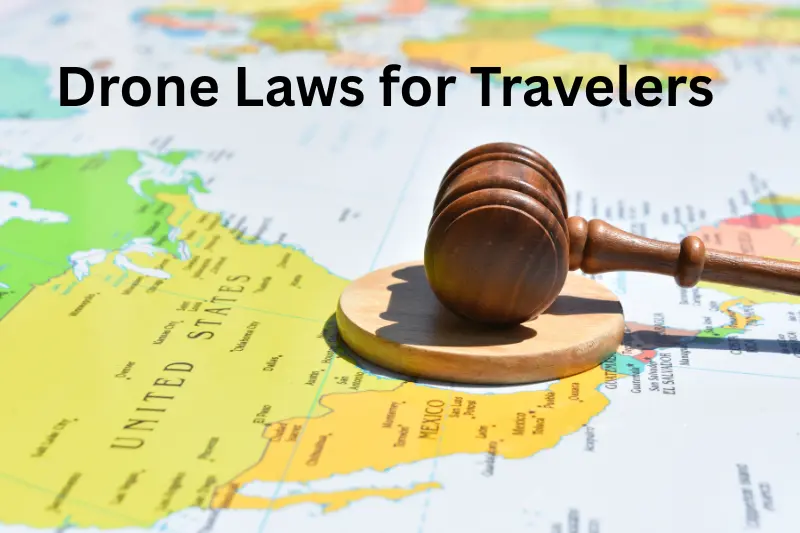
Key Considerations
- Always check local laws before traveling with a drone to avoid confiscation or fines.
- Some countries completely ban drones, making them illegal to import or operate.
- Carry your drone registration and license documentation while traveling.
- Avoid flying in culturally or politically sensitive areas where drones might cause alarm.
Countries That Ban Drones
- Morocco
- Cuba
- North Korea
- Iran
- Syria
Penalties for Violating Drone Laws
- Hefty fines (can range from hundreds to thousands of dollars), depending on the violation.
- Confiscation of your drone, especially for unregistered or dangerous flights.
- Criminal charges in serious violations like flying in restricted airspace.
- Permanent ban from flying drones in some jurisdictions.
Tips to Stay Compliant and Safe
Checklist Before Flying
- Register your drone with the appropriate authority.
- Verify the location is not a no-fly zone using apps or online maps.
- Check weather conditions to ensure safe flying.
- Calibrate your drone and check battery levels before takeoff.
Flight Best Practices
- Always maintain visual contact to avoid obstacles and unexpected situations.
- Avoid flying over private property unless you have explicit permission.
- Don’t fly in bad weather such as rain, snow, or high winds.
- Respect people’s privacy by not recording without consent.
Use of Technology to Stay Legal
- Use apps like B4UFLY or AirMap to check legal zones in real-time.
- Enable geofencing features on your drone to prevent accidental entry into restricted areas.
- Keep your firmware updated to ensure compliance with the latest regulations.
The Future of Drone Legislation
- More automation in air traffic control for drones to manage airspace safely.
- Integration of drones into delivery and emergency services to enhance efficiency.
- Implementation of drone IDs and real-time tracking to improve accountability.
- Advanced AI to prevent illegal operations and assist with in-flight decision making.
Final Thoughts
As drones become an even more integral part of modern technology and recreation, it’s essential for every operator to stay informed. Whether you’re flying for fun or business, knowing the Drone Laws & Regulations isn’t just smart—it’s your responsibility as a drone pilot. By following the legal guidelines and keeping up with the latest rules, you’re not only protecting yourself from penalties but also contributing to a safer, more organized airspace for everyone.
FAQs
What is the minimum age to fly a drone legally?
In most countries, the minimum age is 16 for commercial use and often 13 for recreational use, but this varies by region.
Do I need a license to fly my drone?
Yes, for commercial use you typically need a drone pilot license. Recreational flyers may only need to pass a basic safety test depending on the country.
Can I fly my drone at night?
In many regions, night flying is only allowed with proper lighting on the drone and may require special permissions or waivers.
Is drone registration mandatory everywhere?
Most countries require drone registration if the drone weighs over a certain limit—usually 250 grams—even for recreational purposes.
Can I fly my drone near airports or crowded areas?
No, flying near airports or over large crowds is usually prohibited unless you have specific authorization from aviation authorities.

